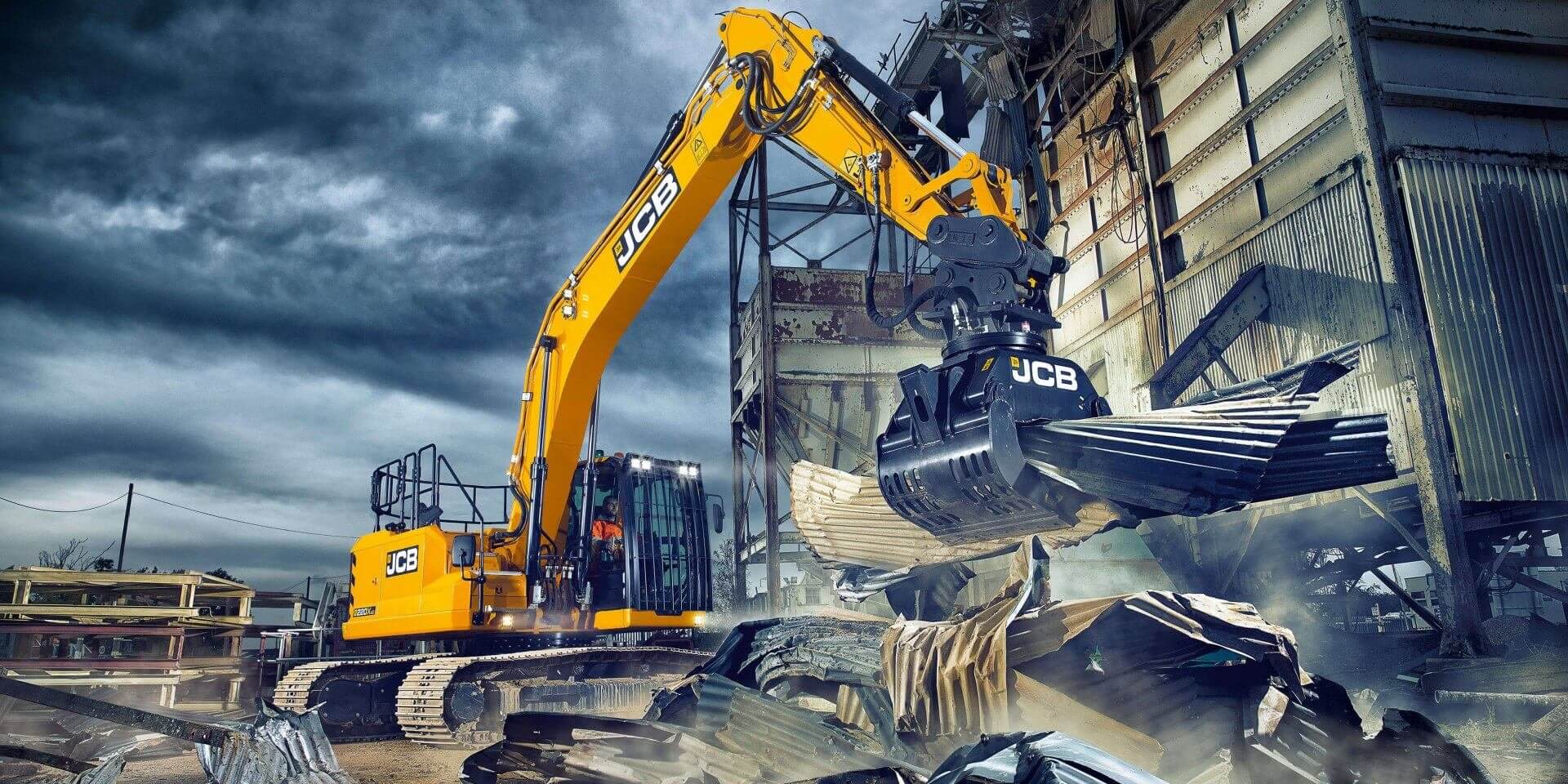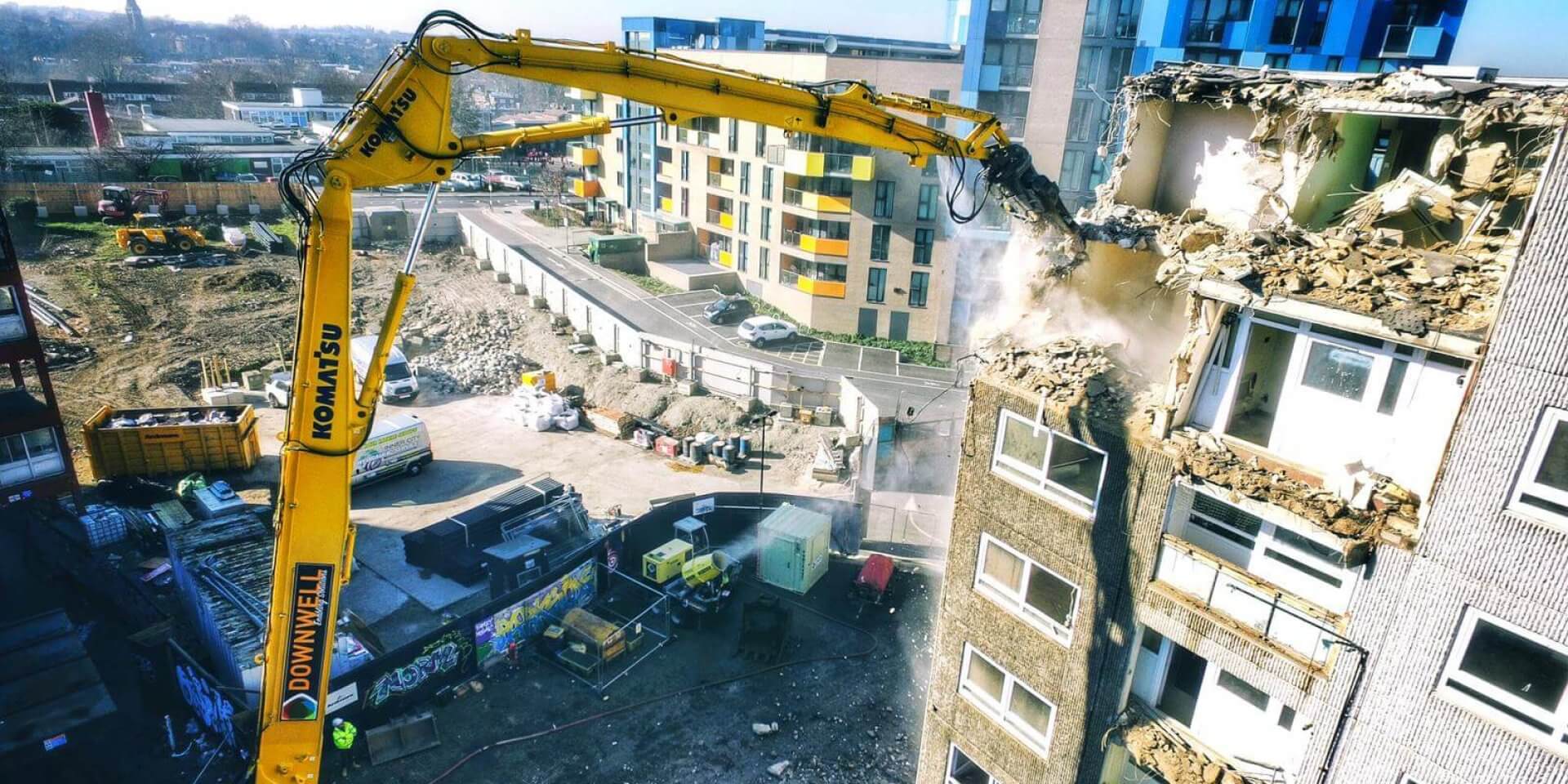
I am starting to believe that Volvo Construction Equipment now exists, at least in part, to disprove my industry preconceptions. I know that sounds unlikely, but they are proving me wrong with such regularity that it is starting to feel like a personal vendetta.
When electric equipment first burst onto the industry scene, I predicted that battery electric machines would be viable up to an operating weight of around 10 tonnes.
Volvo subsequently, pointedly, and seemingly out of spite then unveiled the electric-powered ECR230 excavator that weighs in at some 24 tonnes.
Not content with that, the company then took its popular L120H and converted it from traditional diesel to battery electric. And then, to rub yet more salt into my wounds, Volvo showed off a 30 tonnes-class articulated hauler at Bauma earlier this year, again with a battery pack where a diesel engine once belonged.
They were right; I was wrong.
I have written about and spoken about equipment electrification at length. And I have long claimed that while it is suitable for mining, quarrying and some specific applications in construction, the adoption of electric machines in the demolition industry remained a long way off, with innumerable obstacles still to overcome before we might see the first all-electric demolition site.
Yet I have just returned from Erlangen in Germany where Volvo has accomplished precisely that; a demolition site that was electric during the strip-out phase, electric through the structural demolition phase, and electric during the recycling phase. Even the haulage of scrap metal from the site is being conducted by electric powered Volvo road trucks.
They were right, again. And I was wrong…again.
And all of this was made possible as Volvo disproved yet another of my misplaced assumptions. In the field of mining, major OEMs like Caterpillar and Komatsu regularly work in partnership with mine operators to jointly develop electric or hydrogen equipment. Most recently, Liebherr partnered with Australia’s Fortescue Mining to produce the hydrogen-fuelled, autonomously-operated T 264 mine hauler.
Such a development partnership could never happen in the demolition space, I insisted. Demolition contractors tend to buy their main, line equipment in ones or twos; and each machine tends to be unique or highly specialised; unlike Fortescue Mining which has committed to buying 300+ identical trucks. Working in partnership with a demolition company was just not economically viable. Or so I thought.
Yet the world’s first all-electric demolition site is an example of precisely that kind of forward-thinking collaboration. Echoing Volvo’s mantra of “partnership is the new leadership”, the site in Erlangen near Nuremberg was made possible by a coming together of a client, a contractor, an equipment dealer, and several equipment manufacturers including both Volvo and fellow Swedes, Husqvarna.
They were right. And, henceforth, I will make no more predictions, because it’s getting embarrassing now.
A few months ago, Volvo Construction Equipment hosted a Demolition Days event at its headquarters in Eskikstuna, Sweden. I was there. But while I was fan-boying over the latest Volvo demolition excavators, whispered conversations were taking place; conversations that would ultimately deliver the world’s first, all-electric demolition site.
Michael Metzner of Metzner Recycling was also in attendance. And Volvo’s stated ambition to be a zero emissions manufacturer by 2040 inspired him. He saw the potential of an all-electric demolition equipment fleet for urban areas and sites with very specific environmental plans.
And he found one such project on the Erlangen campus of electronics giant, Siemens. Siemens had expansion plans for an area of its motion control facility that required a portion of the existing buildings to be demolished down to slab level. According to a Siemens spokesman, that project was earmarked to be “net zero, by default”.
Emissions were not just “verboten”. They were not even part of the discussion. This proved to be a perfect test case for Siemens, Metzner Recycling, Volvo Construction Equipment and for the company’s German dealer, Robert Aebi.
Together, they drew up a plan to utilise a grid-powered Volvo EW240 materials handler as the primary demolition machine; a battery electric ECR230 to tackle the recycling and crusher loading duties; and an L120 wheel loader cleaning up around the crusher. A battery electric Volvo mini excavator was deployed within the building during the strip out phase, assisted by a pair of Husqvarna electric-powered demolition robots.
And it all worked seamlessly. Although Michael Metzner said that he would have normally deployed a 60-70 tonne class excavator on the primary demolition, the much smaller EW240 was proving more than adequate. In fact, by optimising the attachments available to the operator via the OilQuick coupler, he had noticed no significant loss of production.
Of course, being grid powered, the materials handler can work continuously throughout the day, without concerns over recharging. The machine’s elevating cab was a bonus, affording the operator an uninterrupted view of the pulveriser attachment during demolition duties; and down into the skip when the machine was loading out scrap.
The ECR230 and the L120 require charging, of course. But the stop/start nature of crusher loading and crusher clean-up lends itself to regular charging.
Unquestionably, the planets aligned to make this project happen. And Volvo is keen to stress that this is purely a test case. All the Volvo equipment was supplied on a rental basis rather than as an outright purchase. The meeting between Volvo and Metzner Recycling was fortuitous. And it’s unlikely that either of them will find a client as accommodating and environmentally-focused as Siemens any time soon.
So, is this the shape of things to come? Have I just seen the demolition site of the future? Possibly. But I’ll leave you to make up your own mind. Thanks to Volvo, I am officially out of the predictions business.





